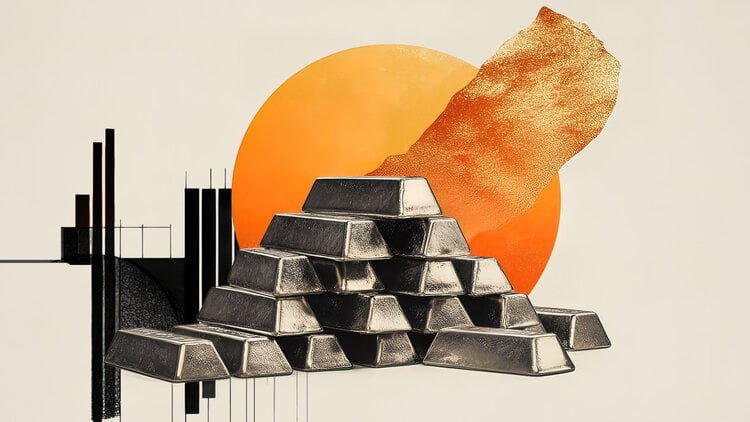Gold prices fell in India on Tuesday, according to data compiled by FXStreet.
The price for Gold stood at 9,241.68 Indian Rupees (INR) per gram, down compared with the INR 9,292.74 it cost on Monday.
The price for Gold decreased to INR 107,793.10 per tola from INR 108,388.70 per tola a day earlier.
| Unit measure | Gold Price in INR |
|---|---|
| 1 Gram | 9,241.68 |
| 10 Grams | 92,416.80 |
| Tola | 107,793.10 |
| Troy Ounce | 287,447.70 |
Gold daily market movers: Bullion rallies sharply as Greenback plummets
Gold price surges as the US Dollar tanks. The US Dollar Index (DXY), which tracks the Greenback’s value against a basket of six currencies, tumbles 0.72% at 98.71.
US Treasury bond yields are rising, with the US 10-year Treasury note yielding up almost six basis points to 4.458%. US real yields had followed suit and are also surging by six basis points to 2.118%.
The ISM Manufacturing PMI rose by 48.5, down from April’s 48.7, hitting its lowest reading since November. The Prices Index remained in expansion territory, registering 69.4 percent, while the Employment Index stood in contractionary territory but improved from 46.5 to 46.8.
The S&P Global Manufacturing PMI remained in expansionary territory, yet dipped in May from April’s 52.3 to 52.
After the data release, the Atlanta Fed’s GDPNow preliminary reading of economic growth for Q2 2025 rose sharply from 3.8% to 4.6%.
Money markets suggest that traders are pricing in 51 basis points of easing toward the end of the year, according to Prime Market Terminal data.
FXStreet calculates Gold prices in India by adapting international prices (USD/INR) to the local currency and measurement units. Prices are updated daily based on the market rates taken at the time of publication. Prices are just for reference and local rates could diverge slightly.
Gold FAQs
Gold has played a key role in human’s history as it has been widely used as a store of value and medium of exchange. Currently, apart from its shine and usage for jewelry, the precious metal is widely seen as a safe-haven asset, meaning that it is considered a good investment during turbulent times. Gold is also widely seen as a hedge against inflation and against depreciating currencies as it doesn’t rely on any specific issuer or government.
Central banks are the biggest Gold holders. In their aim to support their currencies in turbulent times, central banks tend to diversify their reserves and buy Gold to improve the perceived strength of the economy and the currency. High Gold reserves can be a source of trust for a country’s solvency. Central banks added 1,136 tonnes of Gold worth around $70 billion to their reserves in 2022, according to data from the World Gold Council. This is the highest yearly purchase since records began. Central banks from emerging economies such as China, India and Turkey are quickly increasing their Gold reserves.
Gold has an inverse correlation with the US Dollar and US Treasuries, which are both major reserve and safe-haven assets. When the Dollar depreciates, Gold tends to rise, enabling investors and central banks to diversify their assets in turbulent times. Gold is also inversely correlated with risk assets. A rally in the stock market tends to weaken Gold price, while sell-offs in riskier markets tend to favor the precious metal.
The price can move due to a wide range of factors. Geopolitical instability or fears of a deep recession can quickly make Gold price escalate due to its safe-haven status. As a yield-less asset, Gold tends to rise with lower interest rates, while higher cost of money usually weighs down on the yellow metal. Still, most moves depend on how the US Dollar (USD) behaves as the asset is priced in dollars (XAU/USD). A strong Dollar tends to keep the price of Gold controlled, whereas a weaker Dollar is likely to push Gold prices up.
(An automation tool was used in creating this post.)

